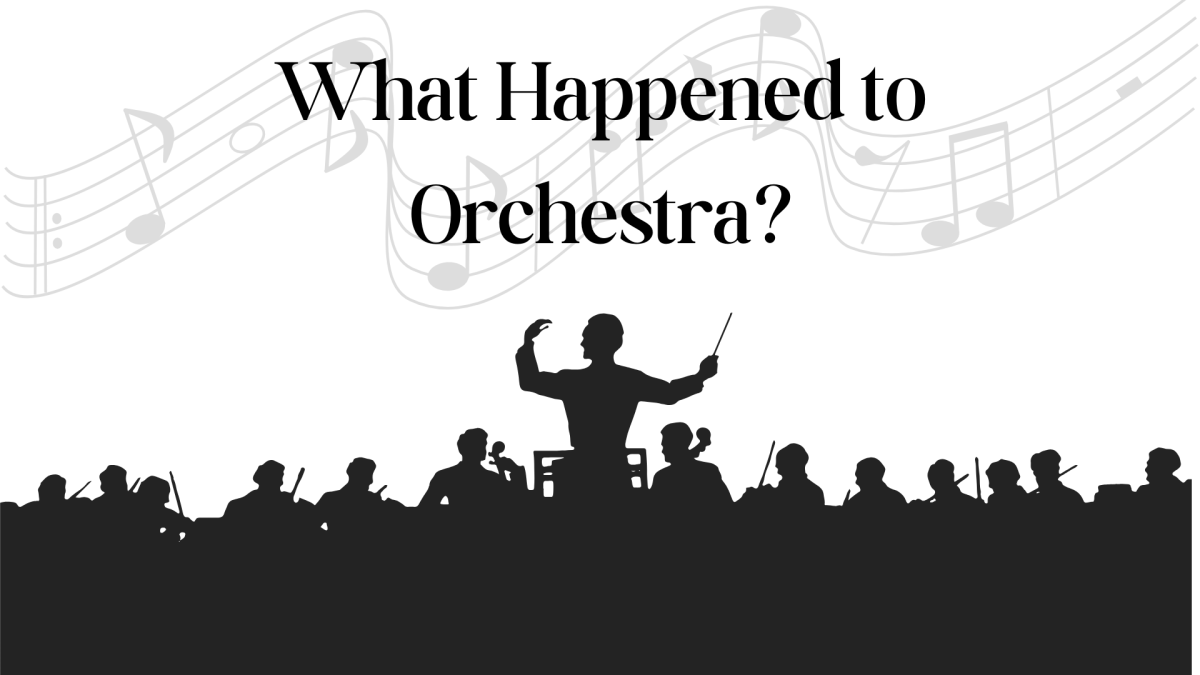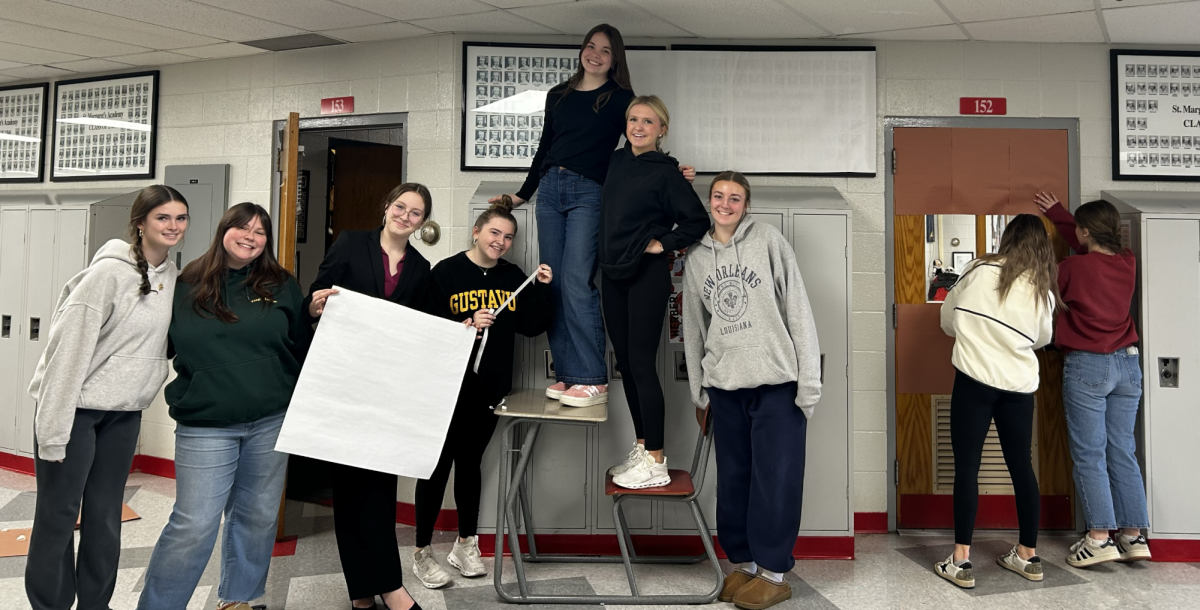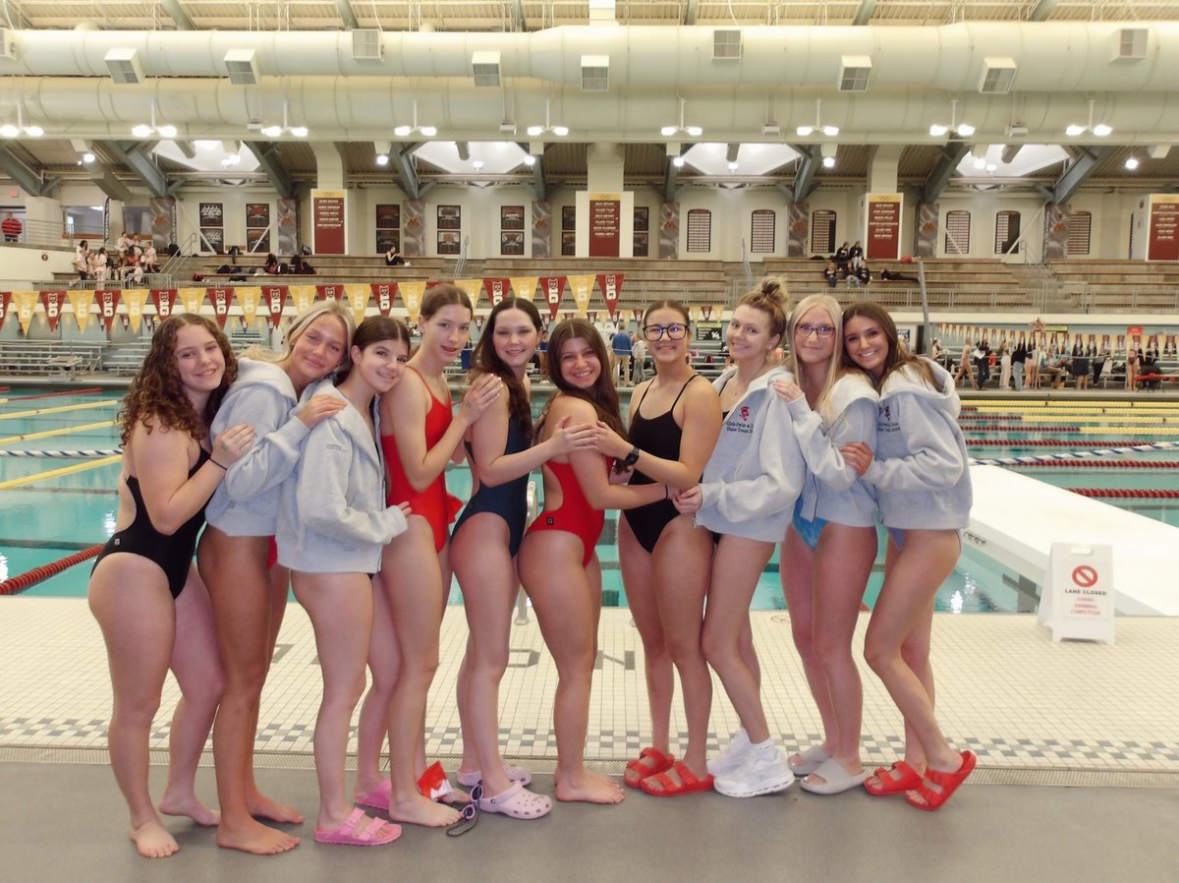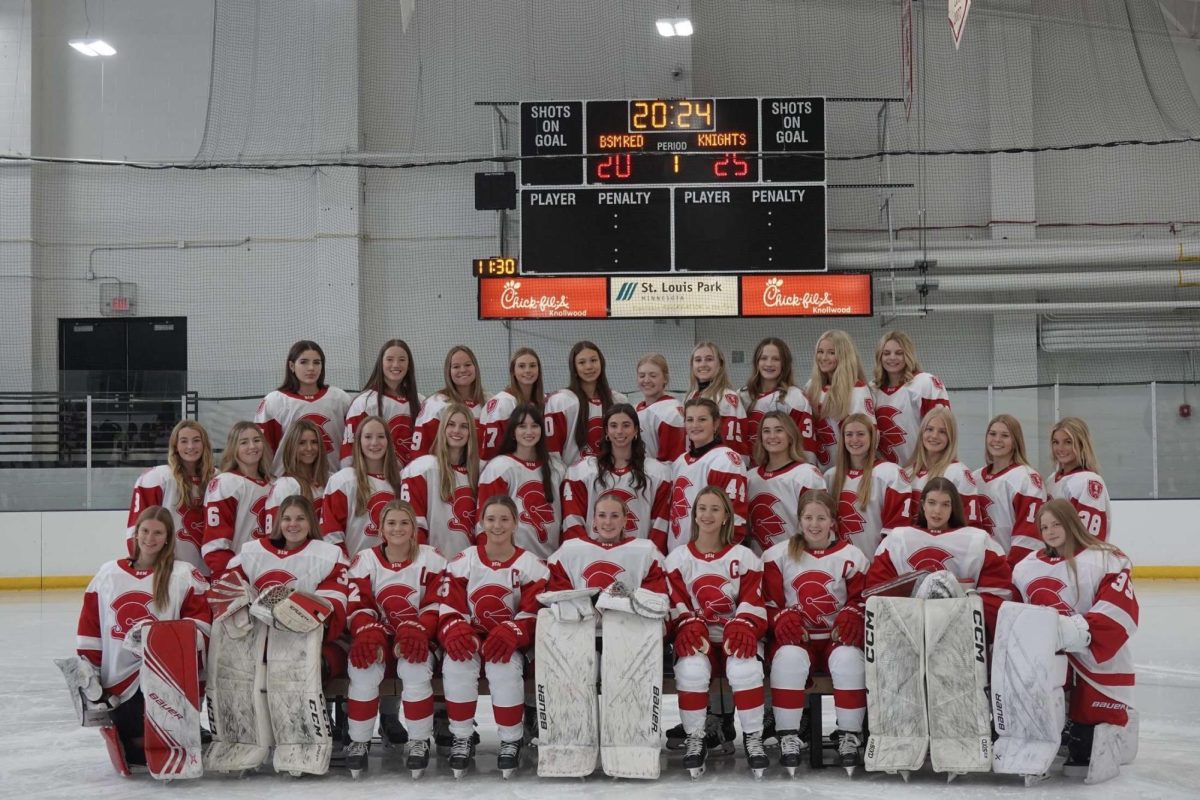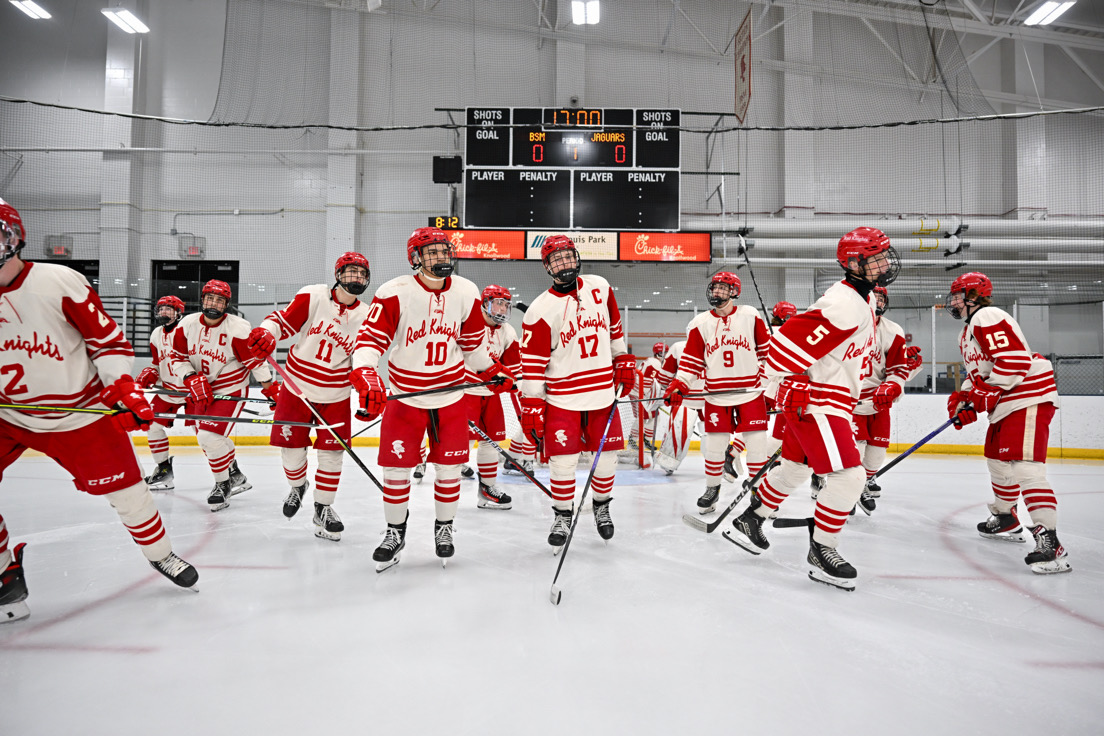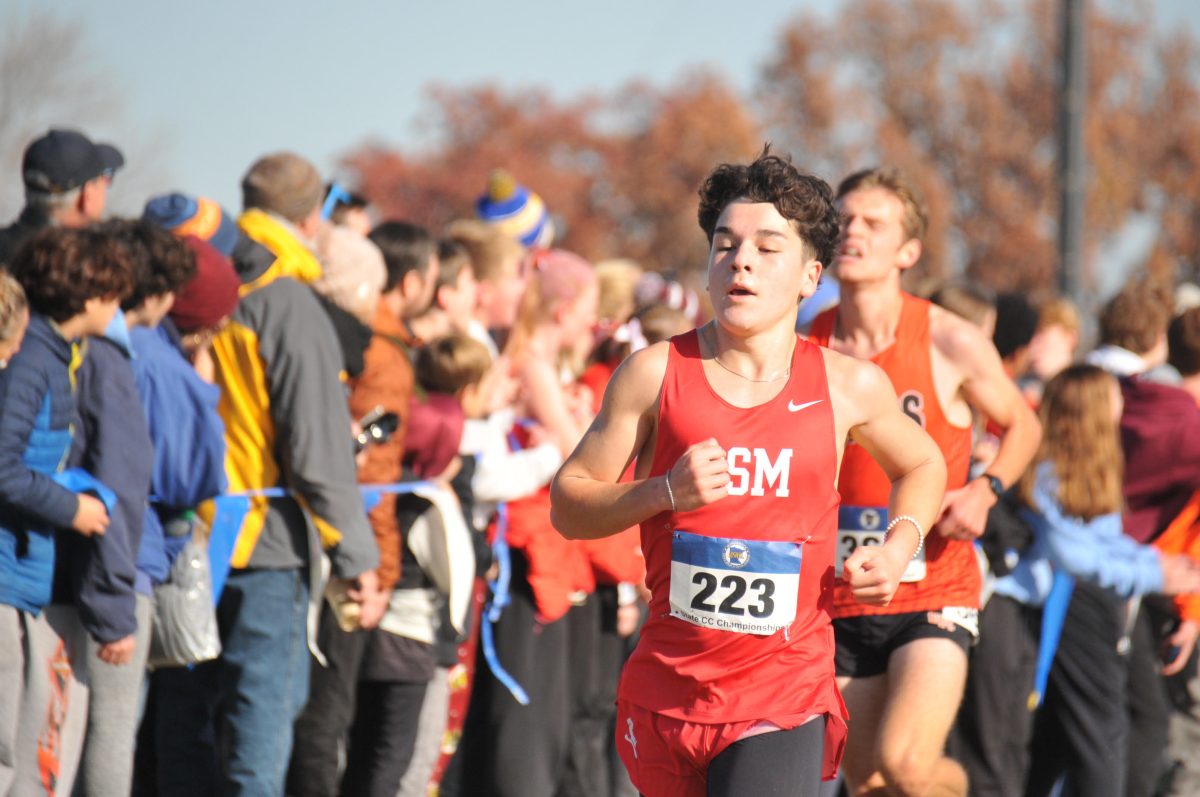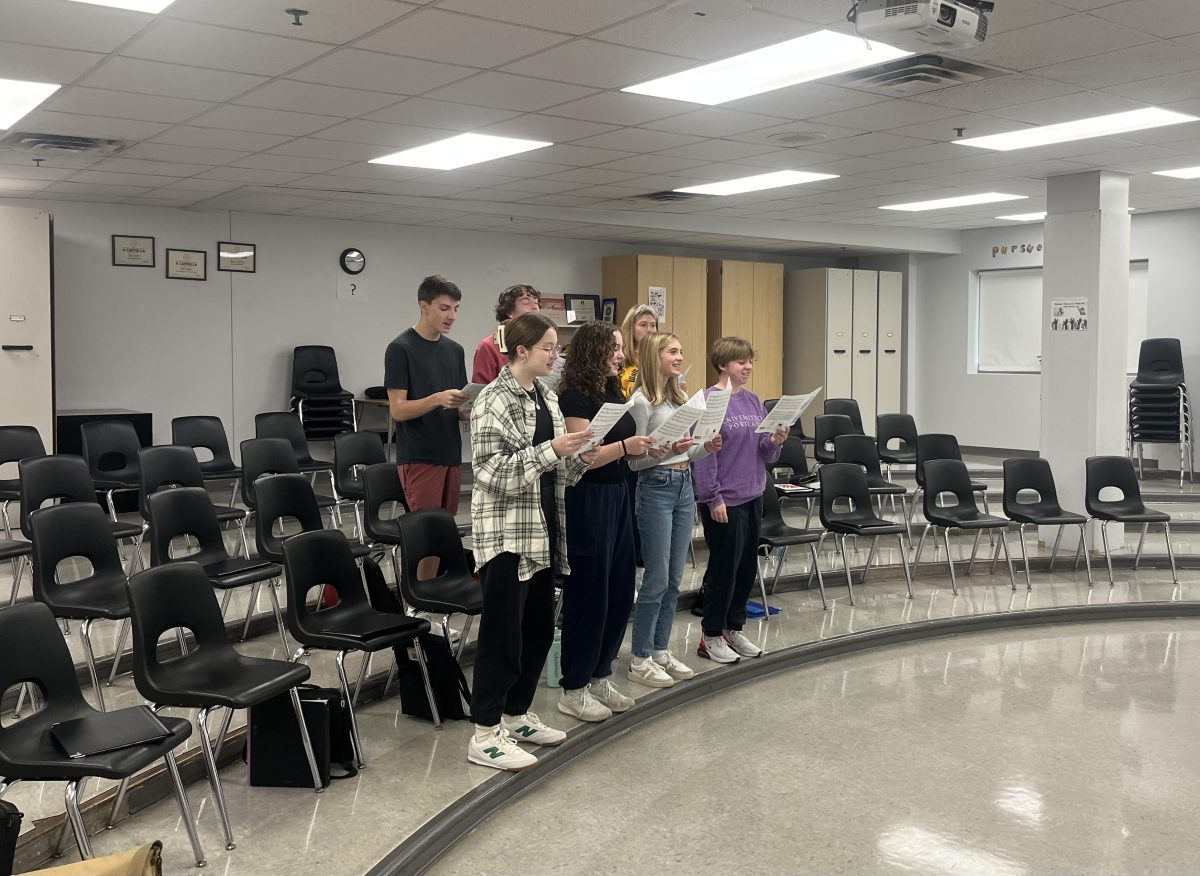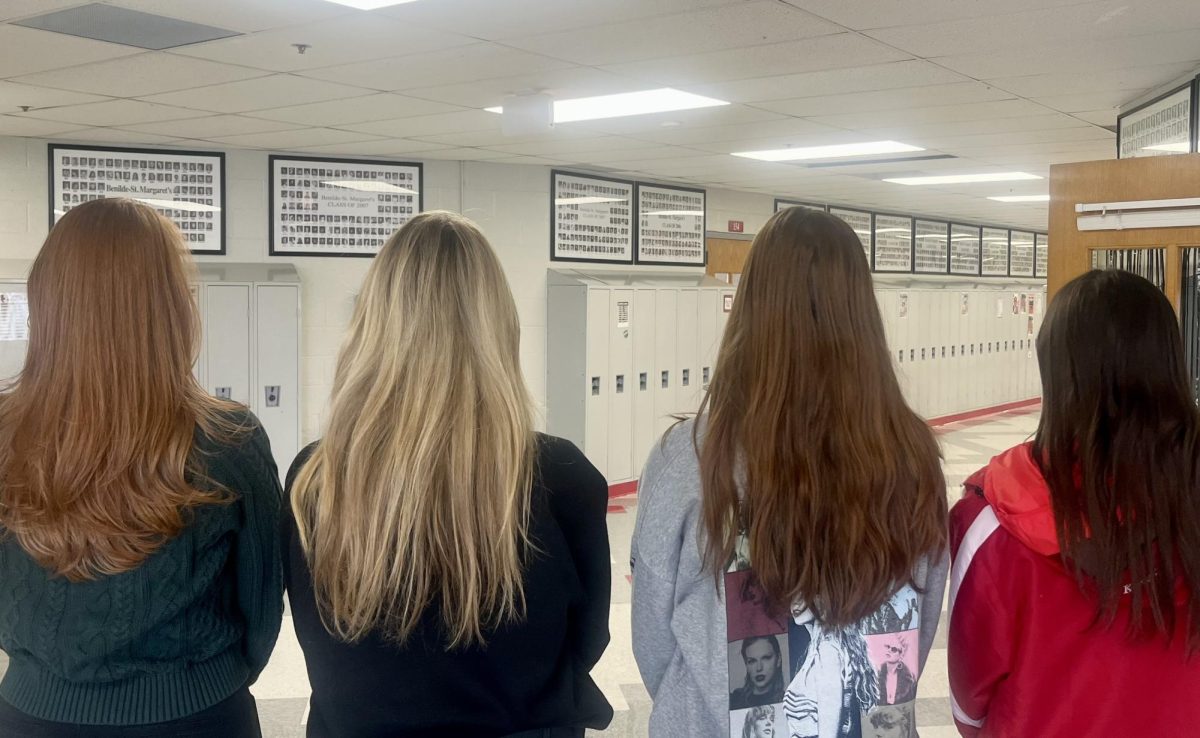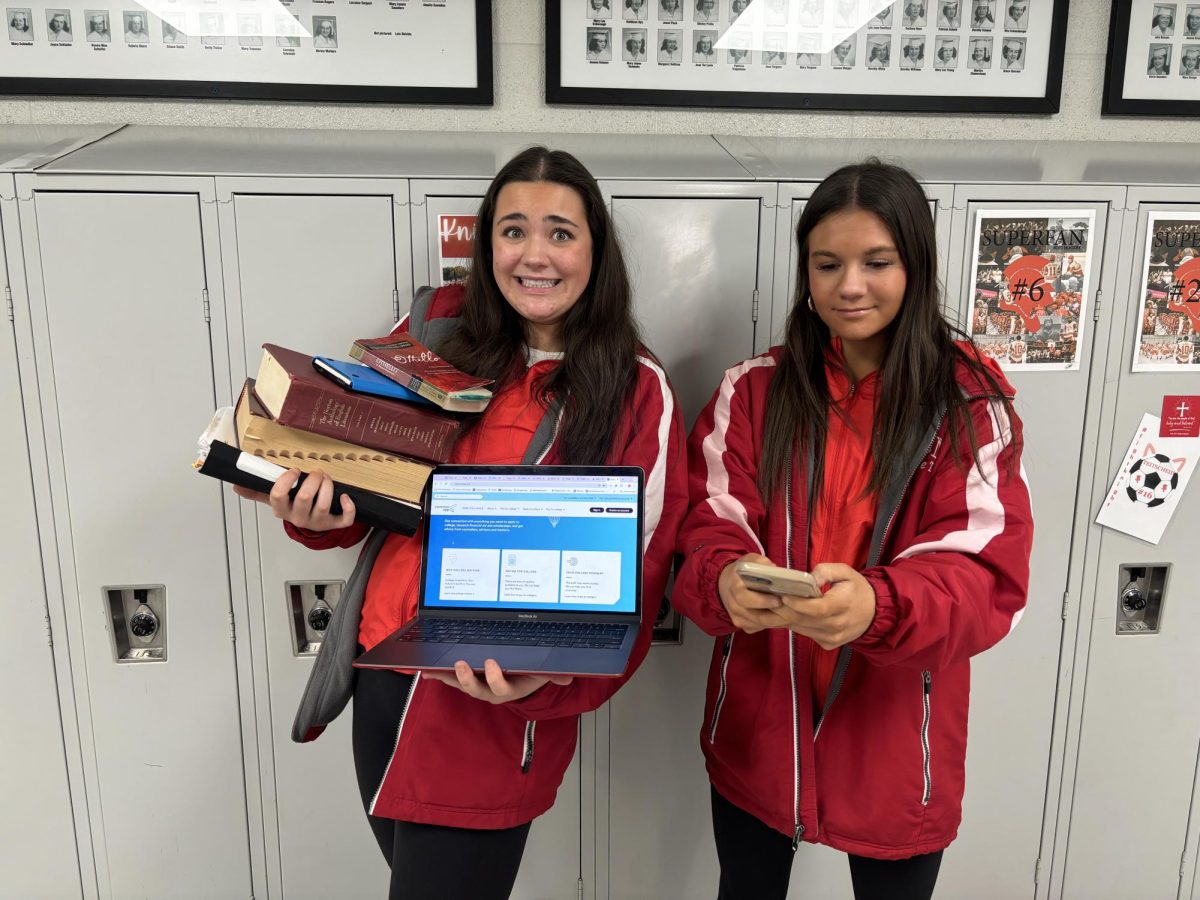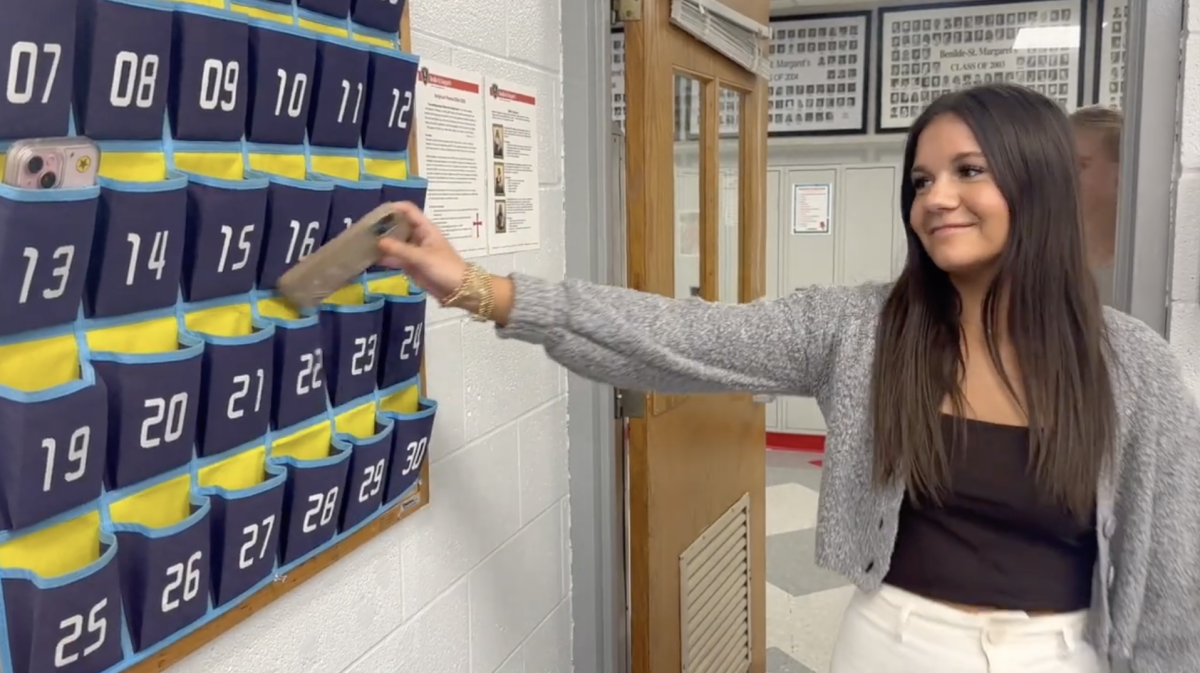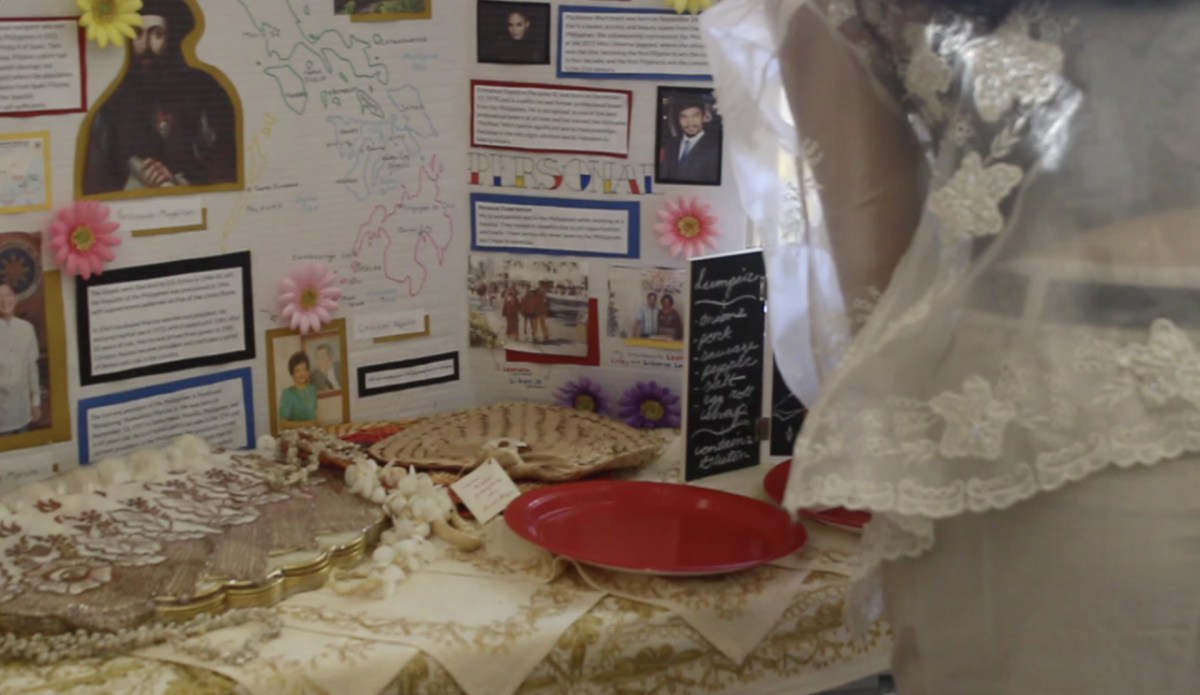As the fall sports season continues and the winter season looms ahead, student athletes have less and less time to devote to anything other than practices and games, causing them to fall behind in their other commitments and preventing them from expanding their horizons. This restricted lifestyle causes many problems for a large number of students.
When people devote the majority of after-school hours to athletics—and in some cases much of their before school and weekend hours as well—they cannot fulfill their other responsibilities in the time allotted. The only two solutions are staying up later or not finishing their work. Without sleep, students cannot work as effectively, so they perform worse on tests and assignments.
Sleep loss also makes students more vulnerable to illness, so they miss class and fall even further behind. As grades plummet, it becomes increasingly difficult to keep up with academic standards. Low grades lead to stress and more sleep loss; a nasty cycle is set in motion.
Such excessive sports dedication also causes students to make unfortunate sacrifices. Sports seasons overlap for those that are involved in year round sports, which is essential in order to stay competitive. This overlap forces a choice between interests. For example, some students who have played both hockey and lacrosse have found that in order to stay fully competitive in hockey, they must extend the hockey season into the spring and forfeit participation in lacrosse. Both teams lose valuable players, and students lose the chance to extend their interests.
In addition, excessive training increases the risk of injury. Repetitive stress injury is a common malady caused by certain physical tasks being performed over and over. Year-round sports put strain on the same muscles all year long. This puts many players at risk of repetitive stress injury, which takes longer to heal than many common injuries.
The possibility of sports scholarships may motivate students to spend so much time on sports, but only a few will actually receive the payoff for that effort, and an even smaller number will ever play professionally. It hardly seems worth it to give so much up and get so little in return. For most high school athletes, the only reward is momentary glory.
So what happened to well-rounded students? These days, they seem harder to find. With so many one-dimensional sacrifices and narrower interests, how are students going to cope when high school is over and sports lose much of their importance? It comes down to priorities, and sports shouldn’t always be at the top of the list.



